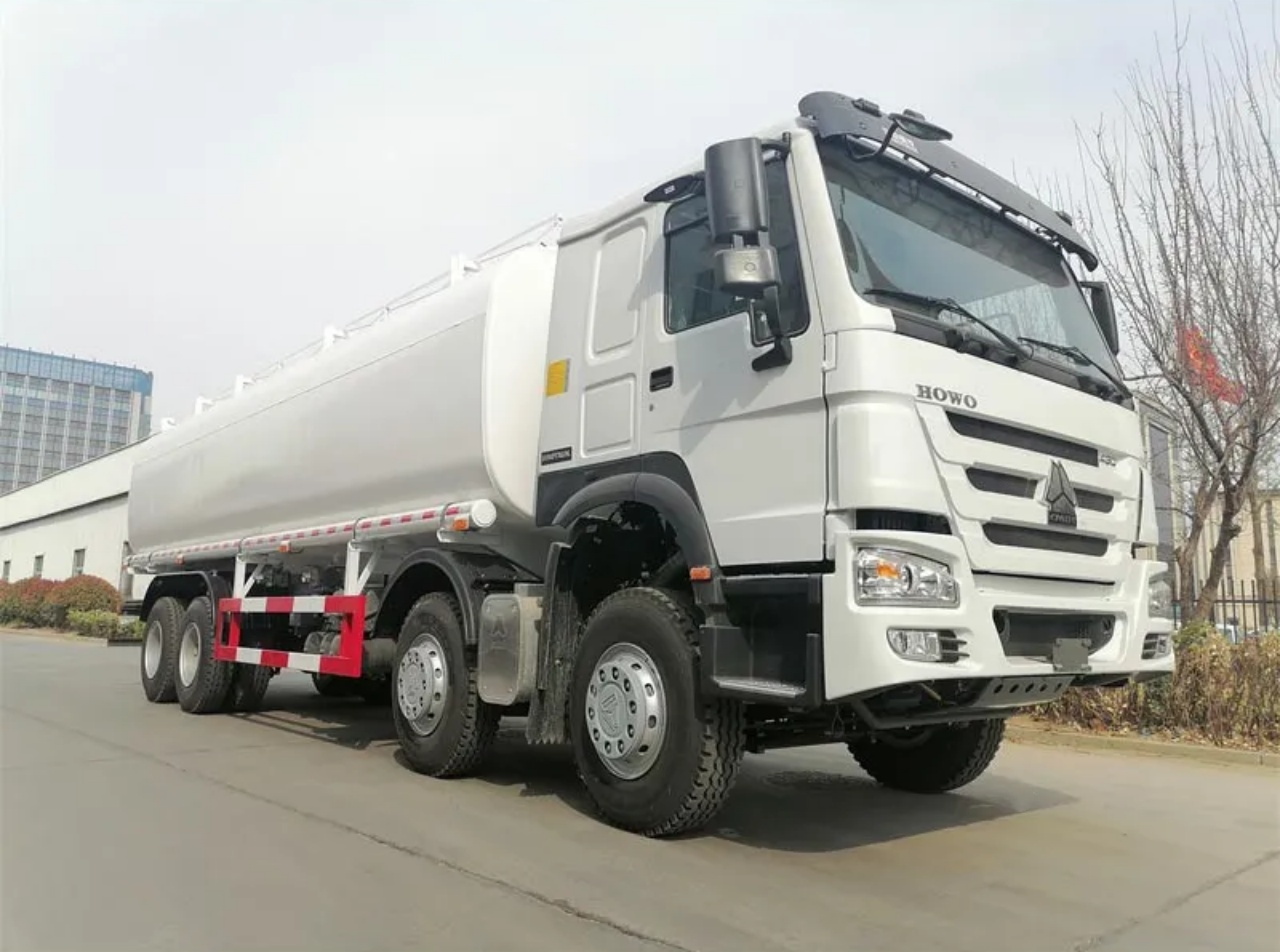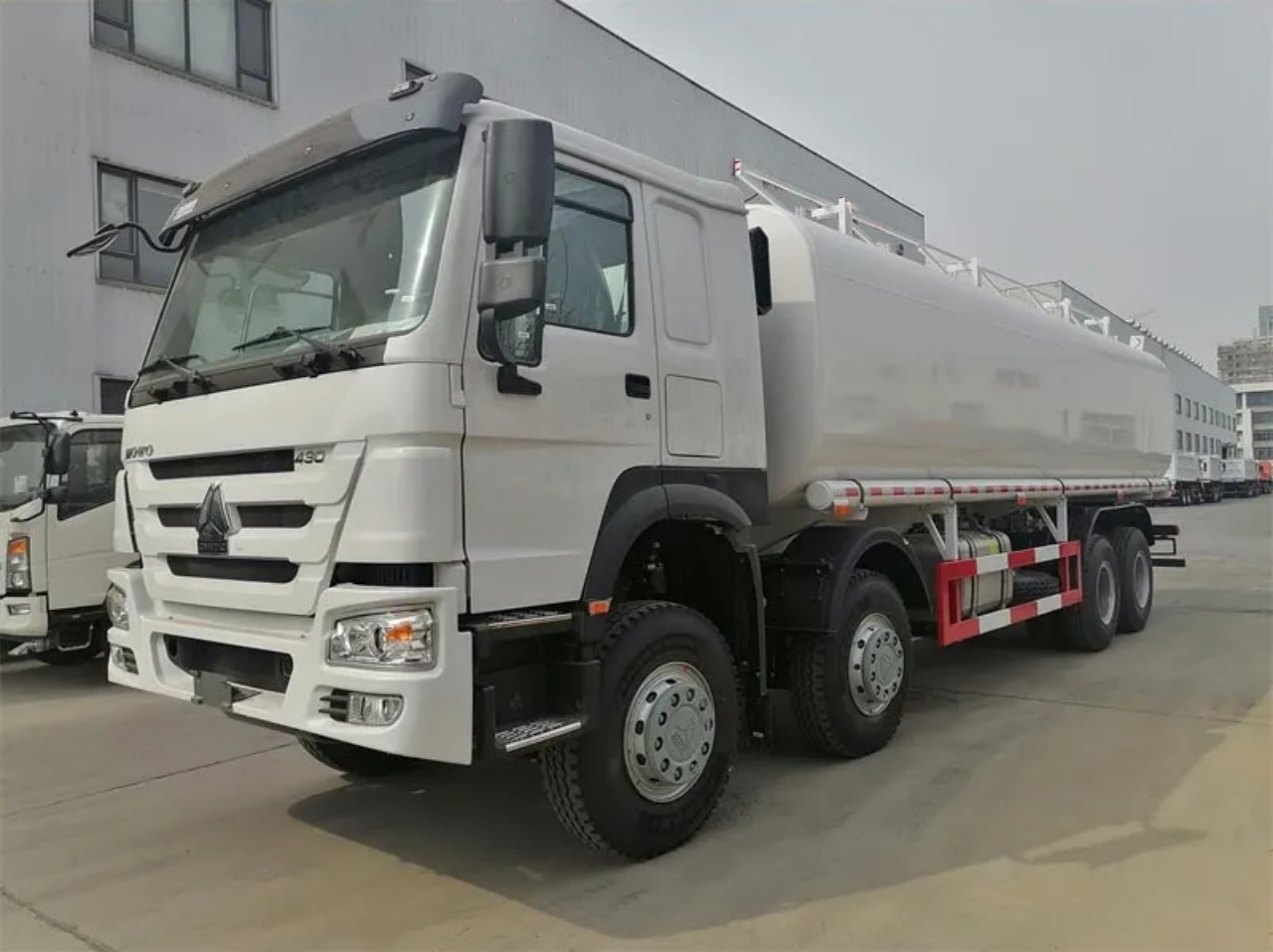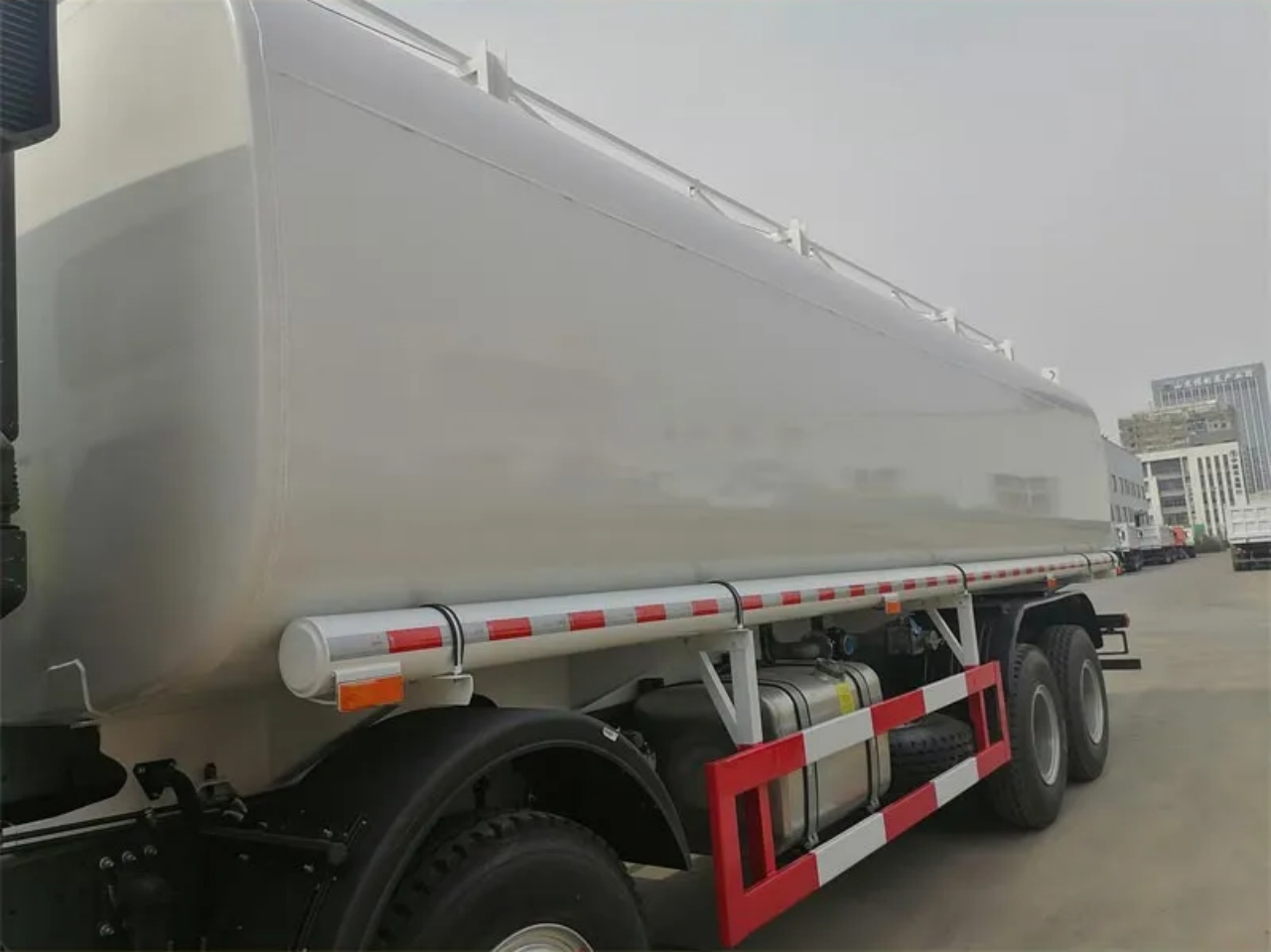Tank trucks, also known as tanker trucks or tankers, are essential vehicles in industries ranging from fuel transport and chemical distribution to food-grade liquid delivery and water supply. Their ability to transport large volumes of liquids, gases, or powders makes them a vital part of modern logistics and supply chain operations. One of the most common questions asked about these vehicles is: What is the capacity of a tank truck? The answer, however, is not one-size-fits-all—it varies significantly depending on the type of tank truck, its configuration, the material it transports, and regulatory constraints.
1. Understanding Tank Truck Classifications
Tank trucks are typically classified based on several factors:
- Size and weight class (light, medium, or heavy-duty)
- Number of compartments (single or multi-compartment)
- Type of liquid or material transported
- Regulatory and regional standards
Each of these classifications plays a role in determining how much a tank truck can carry.

2. Capacity Range Overview
Tank truck capacities can vary from as little as 500 gallons to over 11,000 gallons. Here is a general breakdown by category:
Small Tank Trucks (Light-Duty)
- Capacity: 500 to 3,000 gallons (1,900 to 11,350 liters)
- Use: Local delivery of water, septic services, heating oil, or small quantities of fuel.
- Vehicle Base: Often built on light-duty truck chassis (e.g., Ford F-series, RAM 5500).
Medium Tank Trucks
- Capacity: 3,000 to 5,000 gallons (11,350 to 18,900 liters)
- Use: Local or regional fuel deliveries, milk transportation, or food-grade liquid hauling.
- Vehicle Base: Medium-duty chassis such as Freightliner M2 or International DuraStar.
Large Tank Trucks (Heavy-Duty)
- Capacity: 5,000 to 11,600 gallons (18,900 to 44,000 liters)
- Use: Long-haul fuel or chemical transport, water supply for municipalities or fire services.
- Vehicle Base: Heavy-duty chassis, often combined with semi-trailer configurations.
3. Common Types of Tank Trucks and Their Capacities
Fuel Tankers
Fuel tank trucks are commonly seen at gas stations and airports. They usually feature multiple compartments to carry different fuel grades.
- Single-unit fuel trucks: 3,000 to 5,000 gallons
- Semi-trailer fuel tankers: 5,000 to 11,600 gallons
Each compartment within a fuel tanker may hold anywhere from 500 to 1,500 gallons. This compartmentalization enhances safety and delivery efficiency.
Water Tankers
Water tank trucks are used for construction site dust suppression, firefighting, agricultural irrigation, and potable water delivery.
- Small water tankers: 500 to 2,000 gallons
- Medium-sized tankers: 2,000 to 5,000 gallons
- Large tank semi-trailers: 6,000 to 10,000 gallons
Milk Tankers (Food-Grade)
Milk and other food-grade liquids require insulated and often stainless-steel tanks.
- Capacity: 3,000 to 8,000 gallons
- Special Feature: Compartmentalized and insulated to maintain specific temperature conditions.
Chemical and Corrosive Liquid Tankers
Chemical tankers are built with specialized linings and materials like stainless steel or polyethylene.
- Capacity: 3,000 to 6,000 gallons
- Special Feature: Pressurized or vacuum-sealed tanks for safety.
Dry Bulk Tank Trucks
Though not liquid, dry bulk materials like cement, flour, or plastic pellets are transported in tank-like containers.
- Capacity: 1,000 to 2,000 cubic feet (equivalent to ~7,500 to 15,000 gallons by volume)
- Design: Cylindrical tanks with pneumatic discharge systems.

4. Factors That Affect Tank Truck Capacity
Several factors influence the actual usable capacity of a tank truck:
Legal Weight Limits
Federal and local regulations define the maximum gross vehicle weight (GVW). In the U.S., for example, the federal bridge formula limits most trucks to 80,000 pounds GVWR unless special permits are obtained. This limit includes the weight of the truck itself, its cargo, fuel, driver, and equipment.
Liquid Density
Different liquids have different densities, affecting how much volume a tank truck can legally carry. For instance:
- Water: 8.34 lbs/gallon
- Gasoline: ~6.1 lbs/gallon
- Milk: ~8.6 lbs/gallon
- Sulfuric acid: ~15 lbs/gallon
A tank might technically fit 6,000 gallons, but if the liquid is heavy (like acids), the truck could hit its weight limit well before reaching its volumetric capacity.
Tank Shape and Structure
Tanks are not always filled to avoid sloshing and to allow for liquid expansion. A common practice is to fill tanks to about 95% of their full volume.
Temperature Effects
Liquids expand and contract with temperature changes. Fuel, for example, can expand significantly with heat. Tankers are often loaded based on standard temperature volumes (usually 60°F in the U.S.) to account for this.
5. Regulatory and Design Considerations
To safely and legally transport large quantities of liquid, tank trucks must adhere to strict regulations regarding:
- Spill prevention
- Weight distribution
- Valve and venting systems
- Material compatibility
- Driver certifications (e.g., CDL with hazardous materials endorsement in the U.S.)
Tanks are also built to industry standards such as the DOT (Department of Transportation), ASME (American Society of Mechanical Engineers), and TC (Transport Canada).

6. Advancements in Tank Truck Technology
Modern tank trucks come with features that enhance capacity, safety, and operational efficiency, including:
- Real-time liquid level sensors
- Temperature control systems
- Automated loading/unloading
- Compartment flow monitoring
These technologies not only ensure legal compliance but also help in optimizing payload and minimizing waste.
7. Conclusion
The capacity of a tank truck depends on a wide array of variables, ranging from its design and the type of material transported to legal limits and geographic considerations. While a general fuel tanker might carry 9,000 gallons, a chemical tanker hauling dense liquids may be limited to 4,000 gallons by weight. Understanding the context of each use case is crucial to determining actual capacity.
Whether you’re managing a fleet, planning a shipment, or just curious about industrial vehicles, knowing the factors behind tank truck capacity provides valuable insight into one of the most vital components of global transport logistics.


